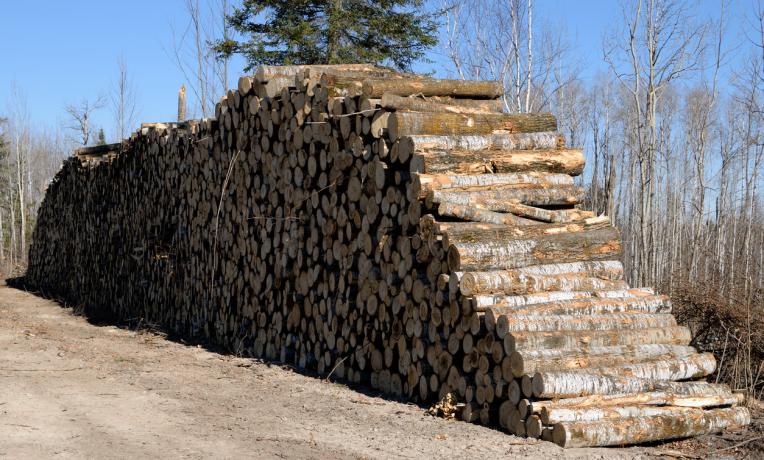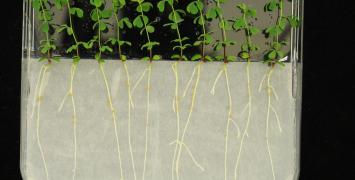Biomass crops are energy efficient and climate friendly
EU-funded researchers planted, harvested, processed and analysed the life cycle of woody crops to establish how efficient and environmentally friendly they are as a source of fuel for electricity and heat.

Fast-growing woody plants, like poplars and willows, which are easy to plant and harvest, are a key alternative to fossil fuels for providing electricity and heat. However, until recently there were uncertainties as to how energy efficient biomass is as a fuel, and just how climate-friendly it is.
The EU-funded project POPFULL filled in the knowledge gap by establishing a huge bioenergy plantation in Lochristi, East Flanders, Belgium and undertaking the world’s first cradle-to-grave in-depth analysis of using biomass for energy.
“The project developed a complete life-cycle analysis approach and calculated the energy efficiency of the biomass by monitoring all energy inputs and outputs, and comparing it with the amount of renewable electricity and heat produced,” says Reinhart Ceulemans, professor at Belgium’s University of Antwerp, who leads the POPFULL project.
Powerful plantation
In spring 2010, project researchers started work by planting 100 000 poplar and willow trees in the 18-hectare bioenergy plantation. Over the next seven years, the project harvested wood on a rotation basis every two years. The researchers left the coppiced plants to regrow, sprouting multiple shoots and generating more wood for the next harvest.
The harvested wood was turned into wood chips ready to be burnt to produce bioenergy in heat or power plants. The plantation supplied over 10 tonnes of dry wood chips per hectare per year to energy plants, which then provided heat or power to local consumers.
Throughout the project, POPFULL analysed the greenhouse gas balance: the emission and absorption of the five main greenhouse gases – carbon dioxide, methane, nitrous oxide, water vapour and ozone – were monitored from a meteorological mast in the plantation field.
Watching this video you are accepting Youtube cookies policy
Profit and loss
The researchers found the production of bioenergy to be highly efficient, yielding eight times more energy than was put in. Overall, the plantation provided enough energy to supply 50 average households with renewable electricity for one year.
The project also established that although the plantation absorbed more carbon from the atmosphere than it produced, there was a small net emission of two greenhouse gases – methane and nitrous oxide – which mainly occurred due to harvesting and direct land-use change.
Further advantages revealed by the research showed that biomass can be stored to complement other renewable energy sources, such as wind and solar power, when the conditions are not optimal. Meanwhile, willows and poplars can be planted on wasteland, contaminated land, and along roadsides, avoiding competition for land with food and feed crops.
Compared to fossil-fuel generated electricity and heat in the EU, that produced by bioenergy reduces greenhouse gas emissions by 78 %. Moreover, the researchers also identified economic benefits, including cheap transportation of chips to the biomass plants, and the low cost of delivering electricity and heat to consumers.
However, they uncovered drawbacks, too: in particular, the substantial amount of land area required to produce the energy – 1 m2 per kWh. Furthermore, the total cost of producing bioenergy was five times higher than the profit made from the production of renewable heat and electricity. “Profit can only be made from bioenergy if the land is owned by the producer and if the biomass plantation is at least partly subsidised over its 20-year lifetime,” says Ceulemans.
The Belgian plantation is still active and is producing wood chips for bioenergy every two to three years.






